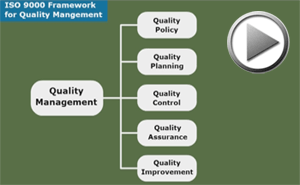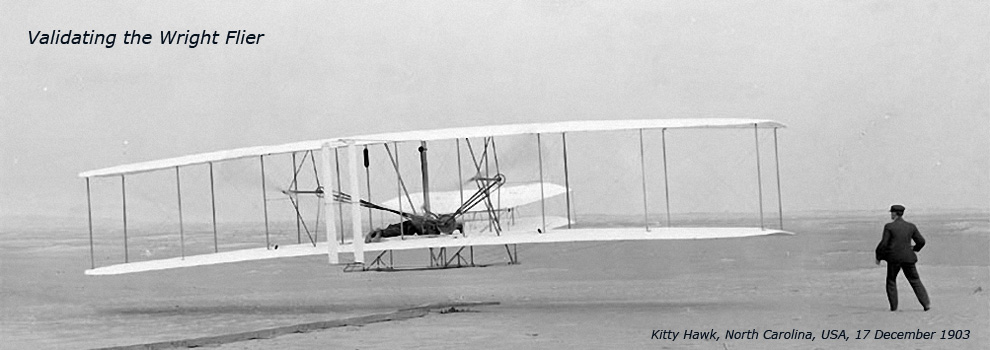Verification and Validation
I can sense when a project is going to run on schedule and to budget with no unpleasant surprises. It's a no-brainer, just get good verification and validation people involved in the project as early as possible so you know your specifications are complete, correct, consistent and testable. Then move on down the chain making sure your designs actually implement requirements and your unit, integration and system testing covers all system functions. So when you get to validate the system at acceptance testing there are no embarrassing moments in front of the customer. Finding a defect in a design review is just so much cheaper and less stressful than fixing bugs in an operational system with a customer looking over your shoulder.
- Les Chambers
Verification and Validation (V&V) was invented as a counter to human fallibility.
The cost justification for V&V is:
- If you allow any project artefact to progress through the complete system life cycle without being reviewed by someone other than its author, the probability of defects being introduced into the end product is extremely high
- Defects multiply with the passage of time if they remain undetected. For example, an incorrect statement of requirement can translate to many design defects and so on
- The earlier problems are found the less expensive they are to fix
- V&V generates its return on investment by finding problems early and triggering corrective action that can be an order of magnitude cheaper than fixing bugs in an operational system.
The case for V&V gets stronger as systems increase in size and complexity. As project teams increase in size the potential for communications mismatches either within the team or with external contracting organisations increases to the point where independent V&V is highly cost-effective.
Services
CA can either perform V&V tasks as part of a team or help our clients to improve their V&V processes. In these roles we:
- Provide V&V Managers and Engineers
- Identify V&V requirements - establish the principles of how a system will be tested
- Prepare V&V Plans
- Conduct reviews and inspections
- Conduct traceability analyses
- Plan and perform tests and manage the results
- Facilitate V&V process improvement
- Provide training in V&V disciplines.
Case Studies
| Pacific Link Alliance(Road Tunnel Fire Protection Systems) |
CA validated the integrated fire protection and smoke extraction systems for the Tugun bypass road tunnel. The validation program was prepared in compliance with system safety standard IEC 61508. Refer to CA's Testing Service case studies for further details. |
| Honeywell Taiwan's(Underground Railway Environmental Control Systems) |
The Taiwan High Speed Rail Corporation built a 300 km/hr train service between Taiwan's two major cities of Kaohsiung and Taipei, a distance of 350 km. On contract to Honeywell Taiwan, CA worked on the building services and smoke extraction control systems at the main underground station, Taoyuan and the largest depot, Tsoying. CA provided the V&V Manager for this project. The V&V program was prepared in compliance with CENELEC system safety standard EN 50128. |
|

How Much V&V do You Need?
The level of effort you expend on V&V should be commensurate with the size and criticality of your application. If you are uncertain as to how much V&V you need on your project take the Socratic approach and ask yourself these hard questions:
- Is the system safety critical?
Could failure of the software cause death, personal injury, mission failure or financial or catastrophic equipment loss or damage?
- Is the target technology immature or high risk?
Is this the first time this technology has been deployed in this type of application?
- Is the project monolithic?
Is this a monolithic development with multiple development teams?
- Will the business tolerate a high risk project?
If insufficient funds and resources are available for a full service V&V program is the business prepared to accept the increased risk of project failure?
If the answer is yes to any of questions 1 to 3 or no to question 4 your project needs verification and validation services.
|

